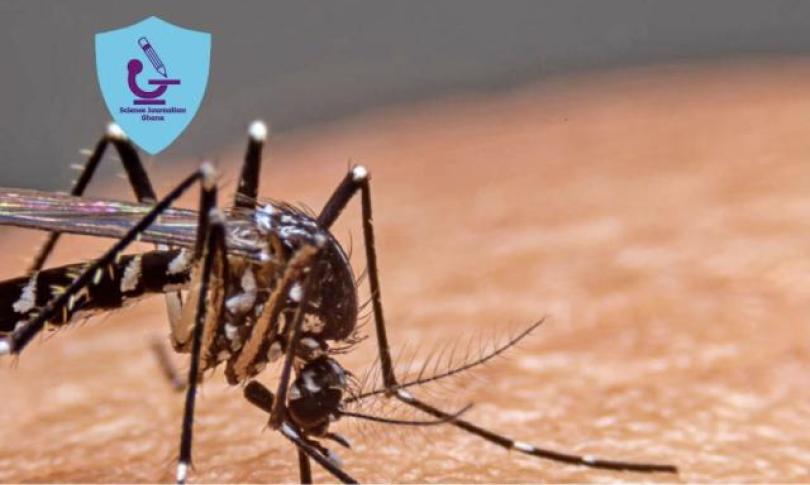
Jessica Ahedor
In the heart of malaria-endemic regions, a breakthrough study is lighting a path toward improved treatment options for one of Africa’s deadliest diseases. The West African Network for Clinical Trials of Antimalarial Drugs (WANECAM2) has announced the results of its Phase 2b KALUMI study, revealing that a novel combination treatment, ganaplacide-lumefantrine, is safe and as effective as the current standard in treating malaria in children as young as six months.
This advancement couldn’t come at a more critical time. According to the World Health Organization (WHO), malaria claimed over 608,000 lives in 2023, with the vast majority of victims being children under five in sub-Saharan Africa in the Wake of Drug Resistance
The study, presented at the American Society of Tropical Medicine and Hygiene (ASTMH) annual meeting in New Orleans, tested the efficacy of ganaplacide-lumefantrine against the widely used artemether-lumefantrine. Both treatments achieved an impressive 99% success rate in clearing malaria parasites by Day 29. For families and healthcare providers, this means that a once-daily dose—a simpler regimen than the current twice-daily standard—could improve adherence to treatment, potentially saving countless lives.
Professor Abdoulaye Djimde, WANECAM2 coordinator and a noted Calestous Juma Science Leadership Fellow, highlighted the importance of this innovation. “Emerging resistance to artemisinin-based treatments underscores the urgency of developing next-generation therapies. The success of this trial represents a monumental step forward,” he said.
A Collaborative Effort
The trial, which involved 220 children from five African nations—Burkina Faso, Mali, Gabon, Côte d’Ivoire, and the Democratic Republic of Congo—was supported by Novartis and Medicines for Malaria Venture (MMV). The European & Developing Countries Clinical Trials Partnership (EDCTP) provided funding.
“The strength of research collaborations like this lies in their ability to unite global resources with local expertise,” said Dr. Wiweka Kaszubska of MMV. She added that partnerships with African scientists and institutions ensure that these solutions are tailored to the regions most affected by the disease.
Challenges Ahead and a Glimpse of the Future
While the KALUMI trial shows promise, challenges remain. Vomiting was observed in younger patients treated with ganaplacide-lumefantrine. However, no severe drug-related adverse effects were reported, and researchers are optimistic about improving the formulation for younger populations in future trials.
The ongoing Phase 3 KALUMA trial aims to further validate the treatment, with results expected in 2025. “The journey toward a world free of malaria is far from over, but the success of KALUMI gives us hope,” said Caroline Boulton, Novartis Global Program Head for Malaria.
A Parent’s Perspective: Real Lives Behind the Data
In a small village in Burkina Faso, Aminata Traoré, mother of a 3-year-old boy who participated in the trial, shared her story. “When my son fell sick with malaria, I was terrified. He had a high fever and was so weak. But after just three days of treatment, he was laughing and playing again. This medicine gave me back my child,” she said, tears of gratitude in her eyes.
Stories like Aminata’s highlight the human impact of such scientific advancements. They serve as a poignant reminder that beyond the numbers and studies are real families battling a disease that has long gripped their communities.
Looking Ahead
As the global health community braces for the potential spread of drug-resistant malaria, the development of treatments like ganaplacide-lumefantrine offers a beacon of hope. With collaboration across continents and the relentless efforts of researchers, the dream of eliminating malaria may no longer feel out of reach.
Malaria is caused by Plasmodium parasites, transmitted through the bites of infected female Anopheles mosquitoes. Despite significant progress in reducing malaria-related deaths, the disease remains a leading cause of mortality in Africa.
